What Type Of People Purchase Makeup Accessories Online
Gratuitous GUIDE
eight Dazzler Ecommerce Trends That Will Define the Industry In 2022
What tin marketers learn from the beauty ecommerce trends driving a $700 billion industry?
Updated: 27/05/2022
Introduction
The dazzler industry has e'er been at the forefront of ecommerce innovation and reinvention, and this year has been no exception. From clean beauty to hyper-personalized skincare and AI cosmetics solutions, dazzler retailers are always looking to enhance their customer experience.
With all that's going on, we decided to deep dive into this always-irresolute world and provide y'all with our top beauty ecommerce trends that volition go on to push the dazzler industry forward in 2022.
Table of Contents
i. Inclusivity
2. AI technology
three. Personalized Experiences
four. Subscription services
five. Clean beauty
6. Large information
vii. Influencers
8. Brand partnerships
nine. Hyper-personalization
What's next for beauty ecommerce?
1. Inclusivity is invaluable
In a survey conducted by market research company Nielsen, findings show that in America beauty aisles are finally outset to reflect diverseness. The number of unique color ranges has grown vii times as fast equally product lines every bit a whole, whilst the number of unique colors of foundation sold has grown three times equally fast as the charge per unit of new general product development beyond foundations.
"Inclusive ranges assuasive for anybody to 'observe' themselves are becoming more of the norm."
Jordan Rost, Nielsen's VP of consumer insights
Consumers now seek value-driven products that reverberate their personalities and lifestyles. Global Cosmetic Industry information shows sales of multicultural beauty products surging at a pace double the conventional market and companies that are embracing inclusive styles and lines are seeing their efforts rewarded in their almanac revenue.
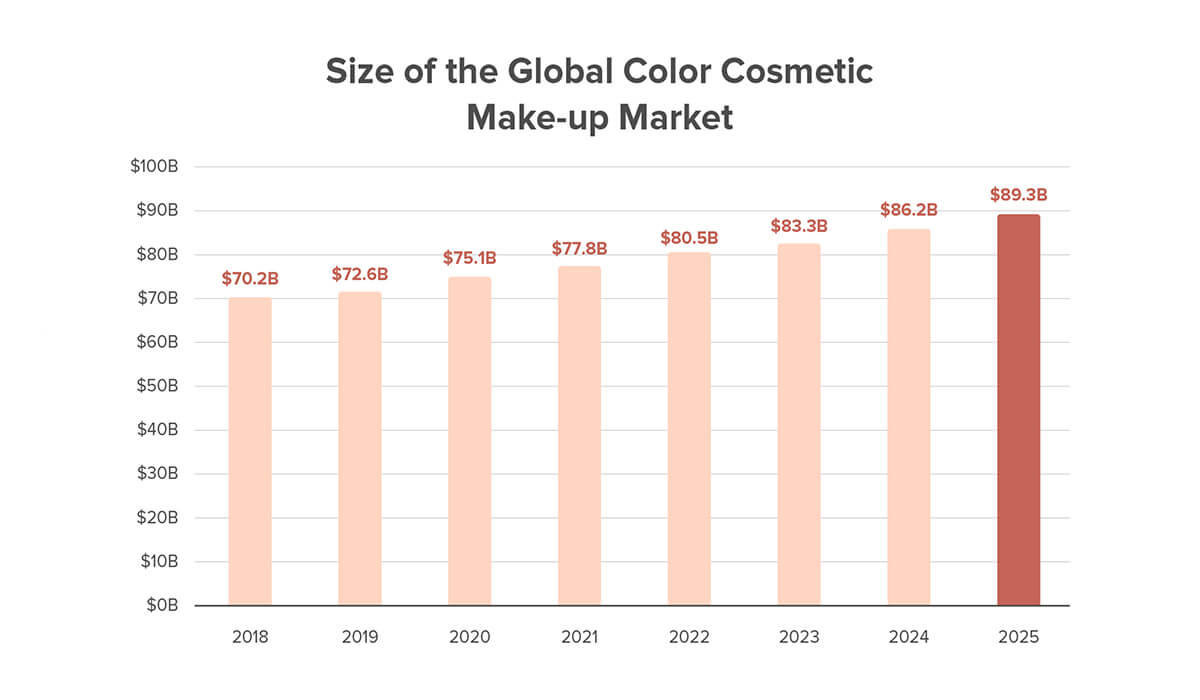
For example, Too Faced, a brand that prides itself on innovative makeup products and has a wide range of lines, saw a huge almanac turnover of $350m, whilst Illamasqua, a beauty make whose tagline encourages the consumer to "Limited your individuality" saw their profits rise to their largest even so at $50m.
Meanwhile, Blackness Opal Beauty, generated $fifteen million worth of sales by identifying a huge gap in the inclusive market – the underrepresentation of undertones. Derek Wanner VP of Sales & Marketing for Blackness Opal explained: "Ethnic consumers not only had dazzler aspirations only buying power left untapped by a beauty industry that did not cater to the diverseness of peel tones and undertones."
Blackness and Indigenous Minority women agree that while the introduction of a range of different colors is a positive start, lines with an extended shade range nowadays new problems: quantity over quality. More specifically, this means companies are failing to accost undertones also as they could be.
"As a person of color, you tin can still see a brand take about 50 shades and not accept into account the different undertones and all the different things," Kimberly Smith, co-founder of the Brownish Beauty Co-Op, told Retail Dive. "Information technology's not just nearly the shade itself or the complexion colour, it'southward really a little flake more than than that. I retrieve brands practise a disservice when they don't take the fourth dimension to sympathise what it is that we need in our color cosmetics."
ii. VR, AR and tech partnerships
A few years ago, Perfect Corp, the earth'southward leading AR company partnered with the Chinese ecommerce giant, Jack Ma's Alibaba group, and integrated its YouCam Makeup AR virtual endeavor-on technology into Taobao and Tmall Alibaba online shopping experiences. This brought new virtual effort-outs to consumers in China. Just six months into using Perfect Corp'southward AR technology, Alibaba revealed they had increased their conversion rate past 4x.
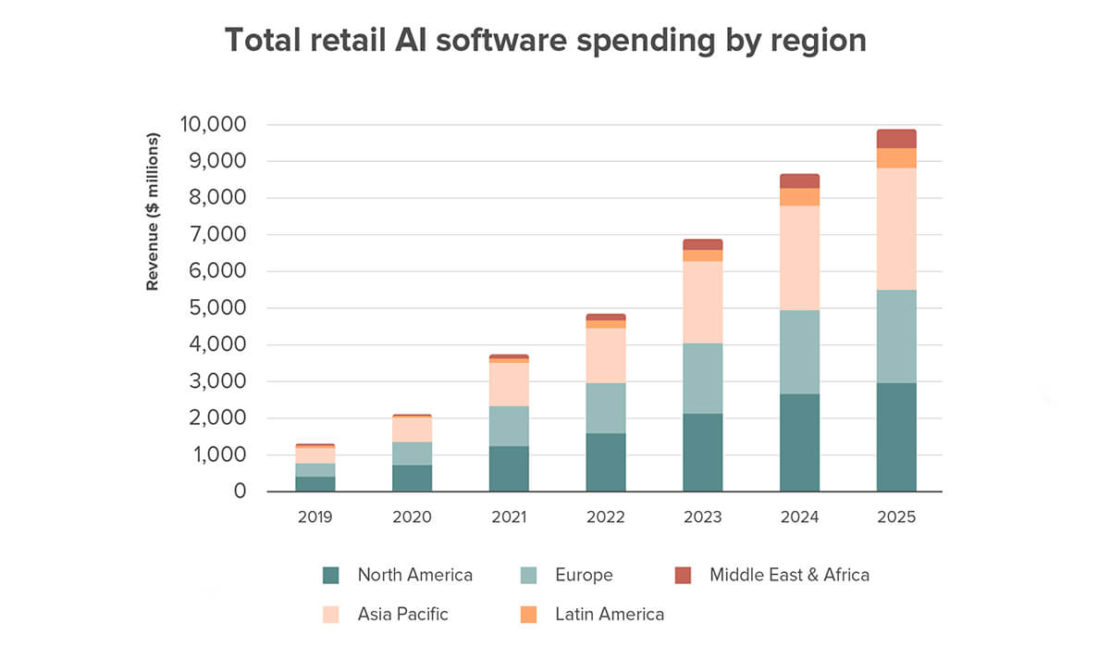
Since and so, new engineering science in the beauty manufacture is coming on leaps and bounds, immersing AI, AR, and VR into household brands like MAC, NARS, and 50'Oreal.
Such is the consequence on L'Oreal that the L'Oreal India managing director, Amit Jain, stated the firm's CEO had set a global mission for the brand to "evolve from a beauty to a beauty engineering company" as a result of the market impact and ever-changing consumer habits exacerbated by the recent global pandemic.
And he'due south not alone. In Malaysia, skincare make Nutox partnered with Ministry XR to create a 'skin analysis tool' powered by deep learning and computer vision, in social club to give customers a hyper-personalized feel when shopping for skincare goods – something hard to buy without trying on samples in-store.
The tool is fabricated available to "anyone with a smartphone to analyze their skin and identify major skin concerns such as wrinkles, hyperpigmentation, texture, and dullness."
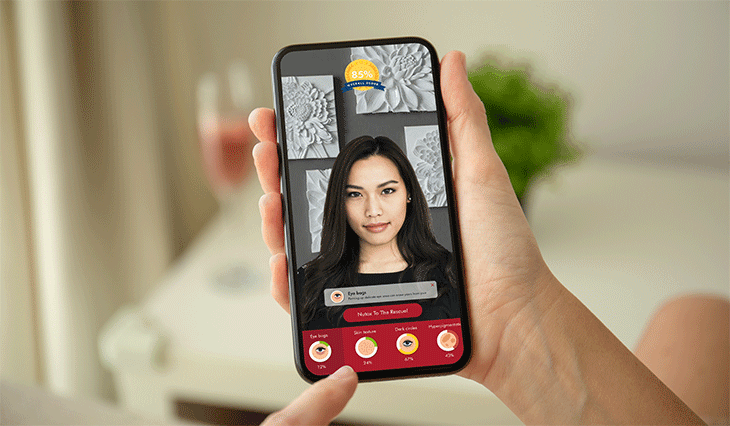
Past deploying an AR tool, Nutox found they were able to appoint with their consumers, added value to their brand, and drove ongoing conversion and sales. Consumers were inverse by the experience, voting the company more than than simply a skincare brand.
"From virtually trying on brand-up looks to bear witness-based skin analysis, AR and other disruptive technologies are changing the way consumers discover, feel and connect with wellness and beauty brands."
Kimberley Yap, Ministry XR'southward VP of Experience Pattern
Facebook'southward Spark AR studio also adopted the ascension of the interactive experience. Pop social media platforms Facebook, Instagram, and YouTube incorporate its technology into banner advertisements that allow consumers to click and virtually try on makeup products without ever leaving their app. Brands like Chanel, YSL, Charlotte Tilbury, and Maybelline now besides offer VR try on services across their website and mobile apps.
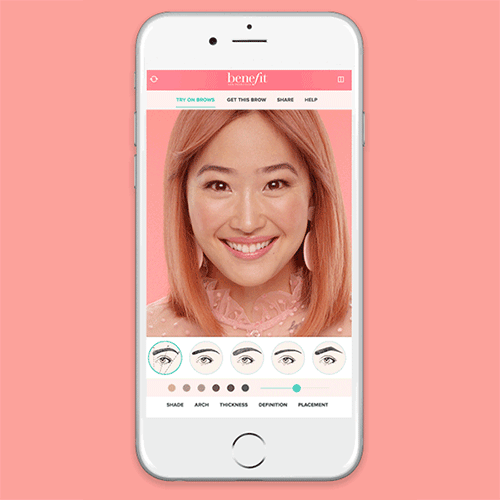
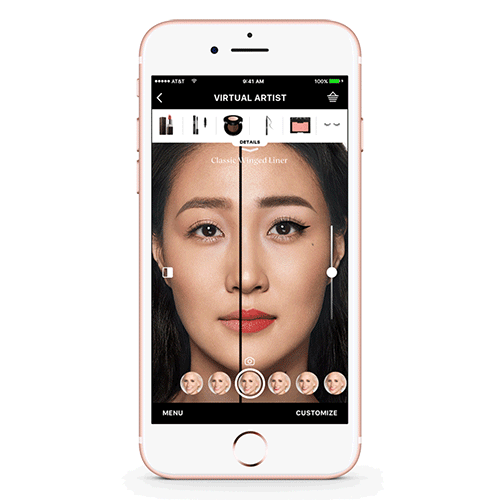
three. Personalized experiences take priority
Personalization is condign increasingly important to consumers for a number of reasons. In a world where we are bombarded with marketing letters, personalization allows consumers to feel similar they are receiving messages that are tailored specifically for them.
In addition, personalization tin can create a sense of loyalty and connection between a consumer and a brand. Every bit of 2020, 56% of online shoppers attested to returning to an online shop that offers personalized recommendations, and in a separate SmarterHQ survey, eighty% of shoppers admitted to only shopping with brands offering personalized experiences.
When a consumer feels like a brand knows them and their preferences, they are more likely to continue doing business concern with that company.
Every bit personalization engineering science continues to evolve, cosmetics brands offer personalized experiences will exist more probable to create meaningful relationships with their customers throughout 2022.
Two meaning ones to scout include the period-tracking app Clue which recently partnered with skincare giant L'Oreal to offering personalised hormone-related skincare advice for women and newfound dental tech app Toothfairy which aims to at present provide its users with a bespoke remote treatment method.
4. Beauty subscription services
Imperial Post's UK Subscription Box Marketplace report forecasts the subscription box market is prepare to exist worth £1.eight billion by 2025 in the Great britain alone.
First Insight's survey on subscription boxes reported that 25% of American consumers (both men and women) are currently receiving a subscription box, and another 32% of respondents plan to subscribe in the next vi months.
Meanwhile, in China, Shingetsu Inquiry revealed that women were more probable to dominate the market by 2027 due to the surge in the working population, the changing female shopping preference toward convenience, and the popularity of subscription boxes bachelor for apparel, beauty, and hosiery.
In the beauty ecommerce industry, examples such equally Birchbox and Glossybox take displayed only how successful the subscription box business concern model can exist. In a inquiry written report of five,000 United states consumers conducted by McKinsey, the written report found that curation services – subscriptions which aim to seek and surprise by providing new items or highly personalized experiences – received 55% of full subscriptions, and were by far the most popular, suggesting a stiff want for personalized services.
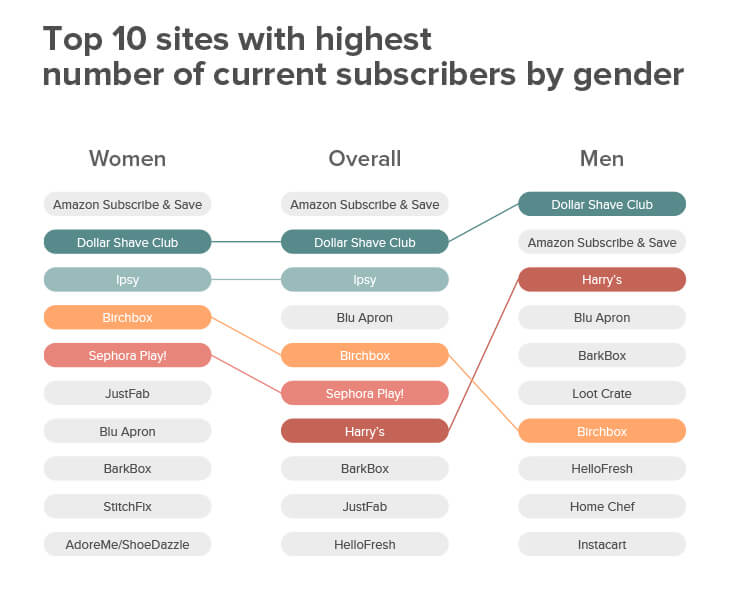
Dazzler subscription boxes and men'due south grooming services have been identified as offering the largest growth opportunities in the market, so information technology's no surprise it'southward attracted the attention of brands and retailers such every bit P&G (Gillette on Demand), Sephora (Play!), and Walmart (Beauty Box).
Beauty boxes cater to the replenishment needs of their subscribers, but additionally offering the excitement of getting to try out new products. As the McKinsey study concluded, subscribers surveyed wanted something new and innovative in order to keep subscribing, and consumers (particularly curation subscribers) expected personalized subscriptions to become more than tailored over time.
FabFitFun is one example of a subscription service ticking the right boxes. The subscription box is curated effectually product recommendations in the field of beauty, health, and interior design. The brand has grown 300% YoY, including recording $200 million in annual revenue.
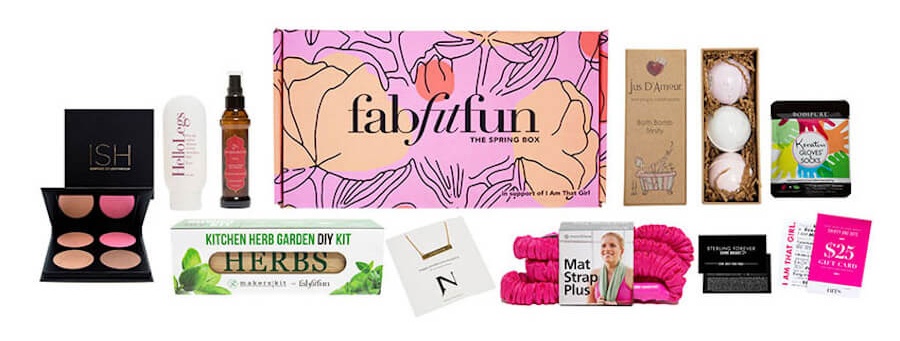
To minimize its "churn" (the percentage of customers that opt not to renew), FabFitFun has integrated value – more than specifically, content value, as a driving strength in its business model. A mag accompanies the products in the box and explains how to use them.
To keep subscribers engaged betwixt deliveries, at that place's an active FabFitFun message board on the brand's website where members can discuss recipes, weight loss, and decorating tips. The company hosts a members-only TV station and has just launched a daily Facebook Live testify where viewers can learn well-nigh products and get other lifestyle content.
For FabFitFun, they're acquisition the fine art of personalization and new experiences by heavily investing in the brand outside of the box.
"If members run across the states as more than just a box, but access to a community and valuable cognition, then information technology's hard to put a price on how much that experience is worth."
Katie Rosen Kitchens, FabFitFun co-founder
As the subscription box service continues to grow, expect to meet more brands keep the excitement alive by utilizing social media and content marketing to drum upwards a sense of brand community.
five. Natural, clean, and transparent beauty
Consumers are now seeking brands that are as transparent in their ingredient list as they are natural in their products. Whilst clean beauty has been a rise fizz across the industry since 2018, it is still a controversial, disruptive, and e'er so enigmatic subject field that tin can present more questions than answers.
For example, both the FDA and European union vary on their banned ingredients – the FDA ban xi, the Eu ban 1,328, but more than brands are beginning to sally from the confusion with minimalistic and transparent approaches as consumers continue to pay eagle-eyed attention to the ingredients list on the back of the packet.
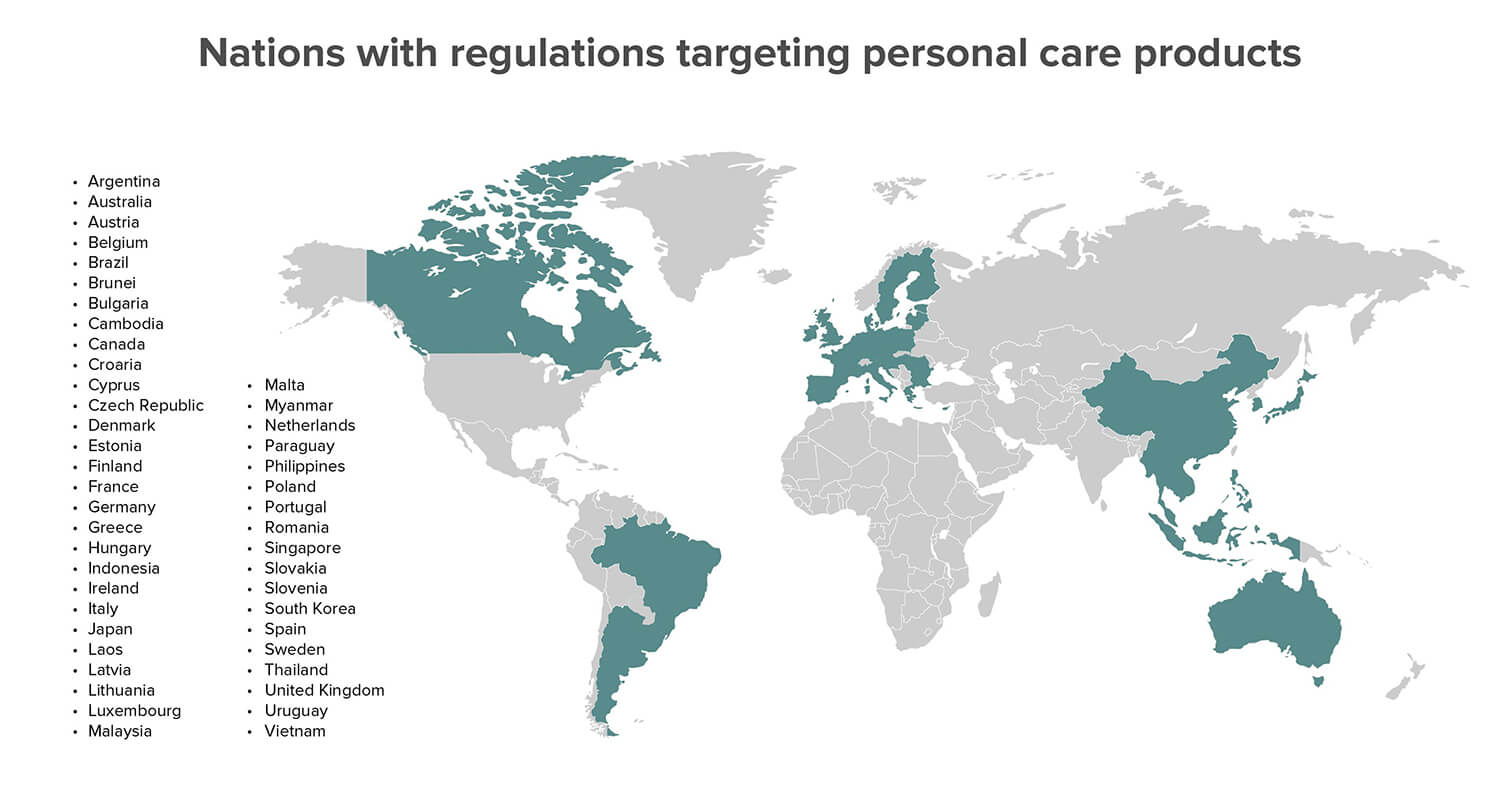
In a Neilsen inquiry study, the company found that beauty industry consumers are flocking to more natural and objectively simpler products. Just rather than but have brands' definitions of what'due south natural, consumers are deciding for themselves.
Sales of cosmetics products that are both free from parabens and merits to be natural are growing v times as fast every bit those just coming together the paraben-free specification. One case of this is American cosmetics make Kiehl's, who reformulated their Ultra Facial Foam to remove parabens and experienced a sales bump of $v million. The increment helped it climb into the top five U.S. prestige skincare brands.
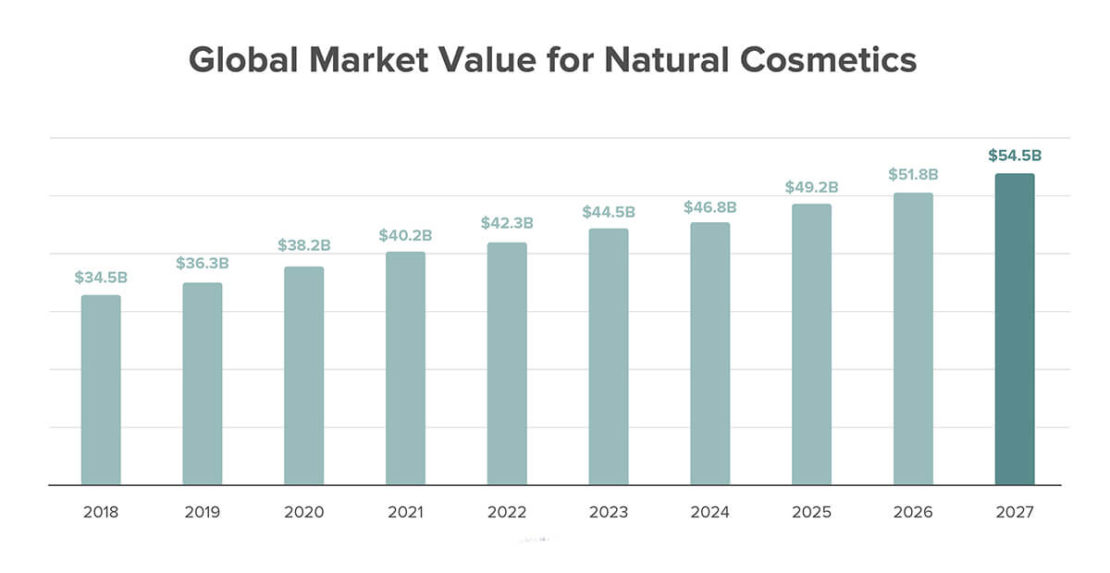
A Harper's Boutique poll of more than 1,000 women across all ages, races, and ethnicities, discovered more than lx% of women would be willing to spend on new brands if they were offering natural products. New sustainable brands besides attracted the interest of 55% of those surveyed.
The eagerness to endeavor something new if it is clean is enabling the rise of new niches, such equally blue beauty, a concept referring to products that aim to protect the oceans and water supplies (such as One Body of water Dazzler, which partners with charity Oceana).
Meanwhile, there are new audiences existence reached likewise: Florence past Mills, the makeup brand founded by extra Millie Bobbi Brown, prides itself on promoting and producing its clean beauty products and is helping to spread the message across social media platforms by specifically targeting Generation Z – the generation who do want to take a stand against socio-economic, political and global problems such as climatic change.
Other brands like From Molly With Dear, Biossance, and Beautycounter specifically list the ingredients that practice not appear in their products, before listing the ones that do.
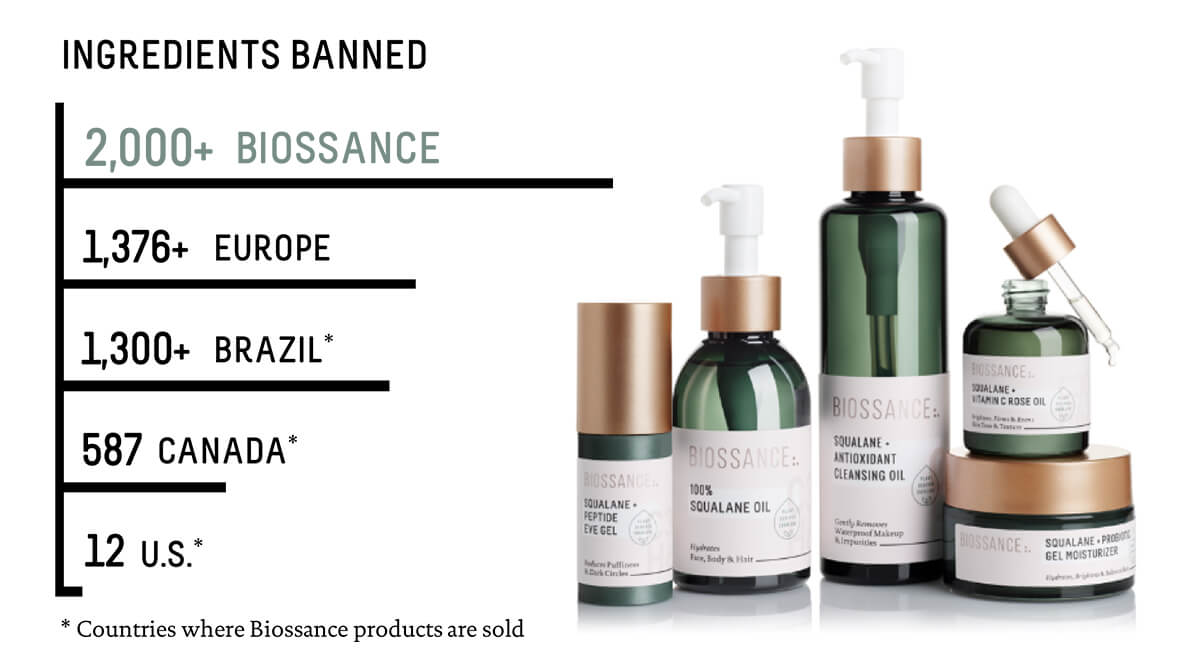
6. Leveraging big data for new production development
"The next big thought in beauty is community," stated Jennifer Goldfarb, Ipsy co-founder at WWD's Digital Dazzler forum. "The brands that will win in the future are the ones that can activate their customers, their followers, their fans, and really bring them into their brand, aid them build the brand, production development, marketing, all aspects of the business."
How is that achieved? Enter: The rising of large data in the beauty industry, collected through questionnaires, search term data, and spending habits.
Household name Olay transformed their downward trajectory, sinking through years of familiarity and staleness, past implementing digital strategies into their workflow and developing a deeper understanding of what their consumers were really looking for.
In clan with Procter and Adventure, the brand launched Olay Skin Advisor, a spider web-based, data-commonage tool meant to help people understand the right products for their skin.
To appointment, the Olay Pare Advisor has collected more than 10 million information points, which have significantly impacted product development.
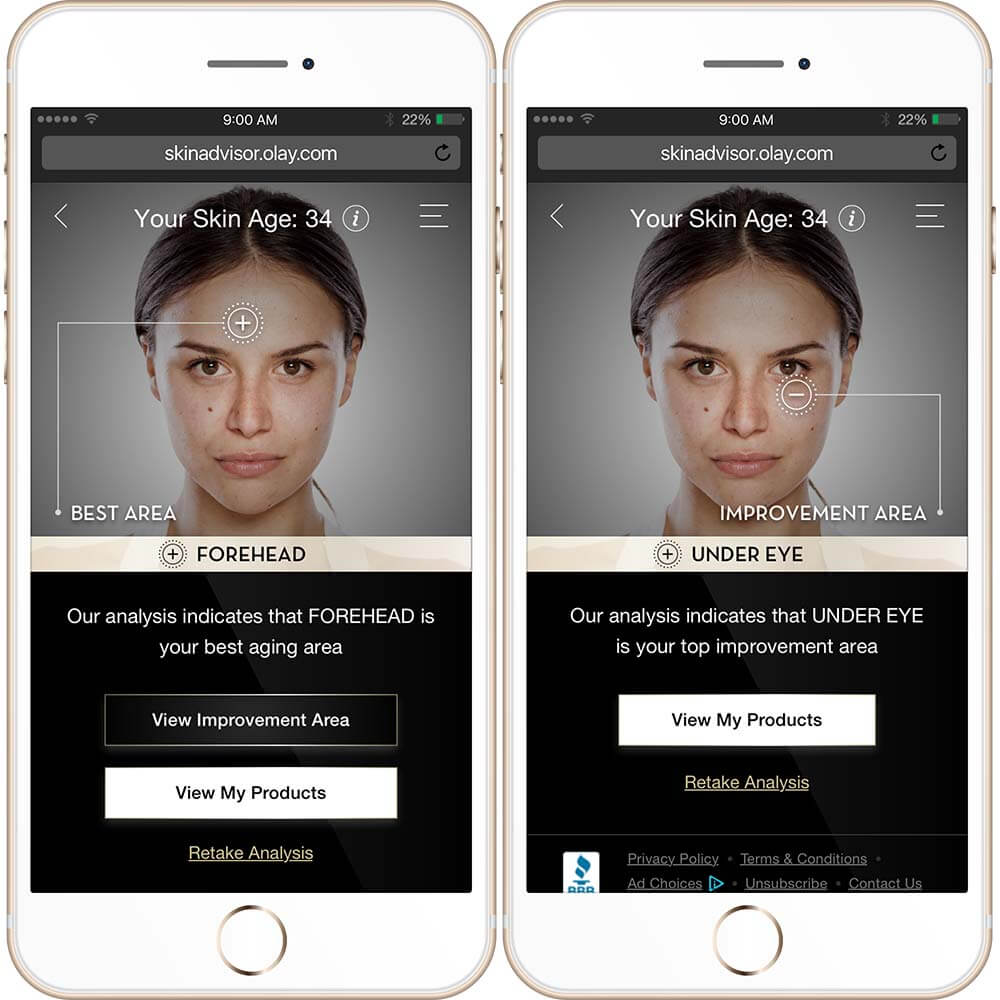
For example, Olay learned that a big percentage of consumers really desire fragrance-free skin-intendance products. And then the make later launched scent-free versions of its Olay Whip facial moisturizers, which have become "just as big" as the original. Olay has continued the strategy for future products, including Olay Retinol 24 after the brand saw retinol was the number-ane searched ingredient and decided to create a new production based around the query.
"This is the start time nosotros took those data points, those consumer engagements, and actually transitioned our mind infinite from a digital-to-sell mindset to a digital-to-design mindset."
Eric Gruen, Olay North America's brand managing director
Beyond the beauty industry, more brands are embracing the use of data collection and analysis and watching information technology exceed their evolution processes.
Proven, a dazzler startup, simply analyses data gathered freely from the net and uses an Bogus Intelligence engine to assimilate thousands of reviews, evaluate over xx,000 ingredients, and peer review thousands of specific scientific articles. Thanks to its massive database and motorcar learning, Proven has programmed an entire bespoke beauty regime for its private consumers.
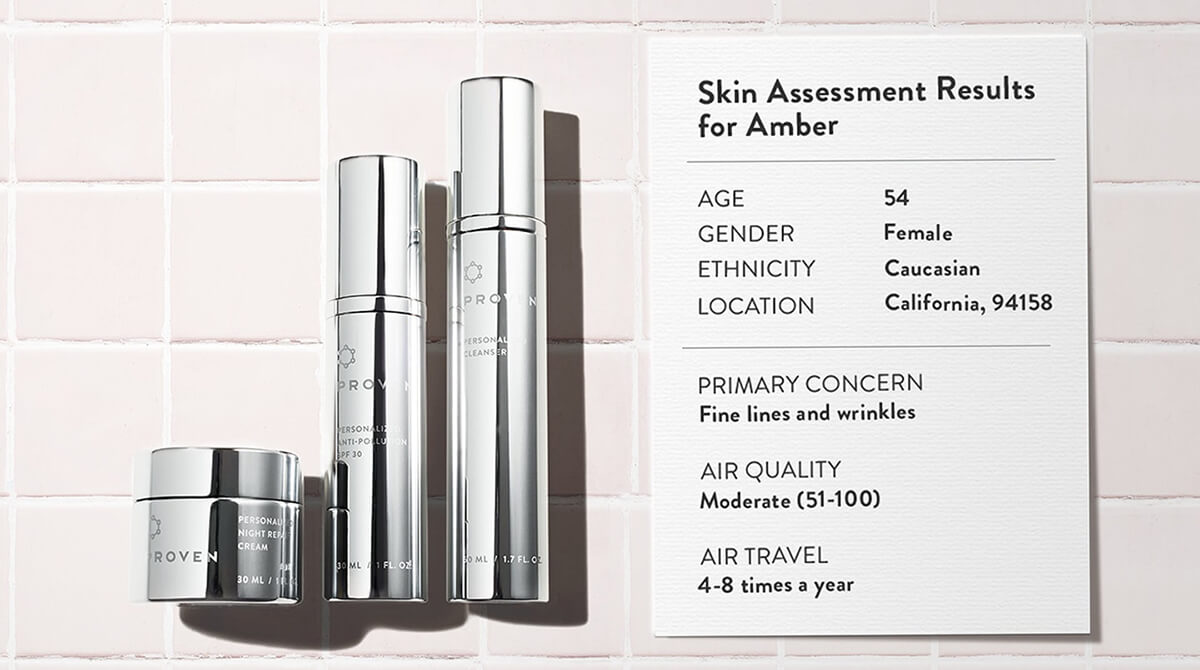
Meanwhile, Prose, a custom haircare business organisation, has a squad of in-house data engineers based in Paris that aim to understand similarities between customers, and what ingredients can be tweaked in order to maximize satisfaction. The business organization said it has been able to increase satisfaction by 30 points, to about 90%, in the prior year.
seven. Influencers are an investment
Influencer marketing has been part of beauty ecommerce strategies for the past few years, and it'due south non going anywhere soon. The British Beauty Council's 2020 Value of Beauty report institute influencer marketing had once more given the industry a notable heave in economic capacity, which institute for every $one spent on influencer marketing, brands secured a return of investment of effectually $xi.45.
Inside the rise of influencers, and at present micro-influencers (influencers with smaller fan bases, traditionally 100,000 or nether) the beauty industry and its advertisement outlets have finally found a return of investment in renewable resources.
Harvard Business School reported that global spending on influencer marketing rose from an estimated $ii billion in 2017 to near $eight billion in 2019, and that spending is expected to jump to $fifteen billion by 2022.
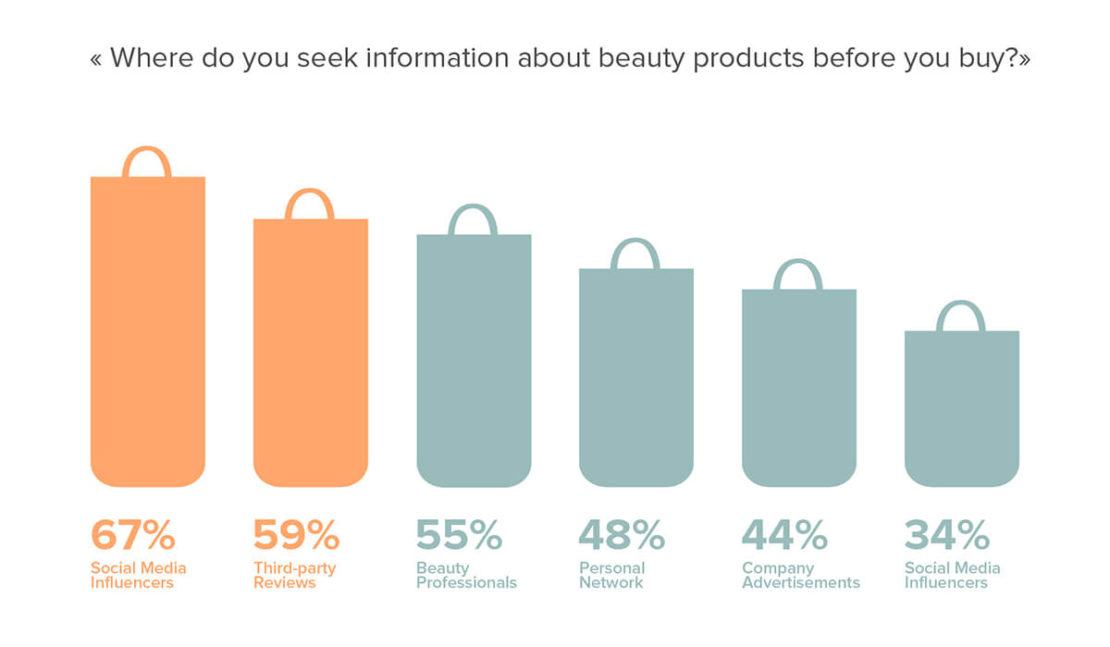
These findings are reiterated in the likes of beauty giant Estée Lauder now spending 75% of its marketing upkeep on influencers, whilst L'Oréal allocates thirty% of its media spend to digital channels.
A significant initiative from L'Oréal has been its 'Dazzler Team' campaign, where a number of influencers created YouTube videos and manufactures for both L'Oréal'due south website, social channels, and their own channels, tapping into a combined influencer reach of 5.5m.
Ipsy, the beauty subscription service, enlists dazzler influencers and brand ambassadors to create videos that demonstrate how to use the products in the bag later on its co-founder, Michelle Phan, was a beauty influencer who saw first-mitt how beauty-obsessed consumers loved watching videos of people unboxing new beauty products and demonstrating how to execute new styles.
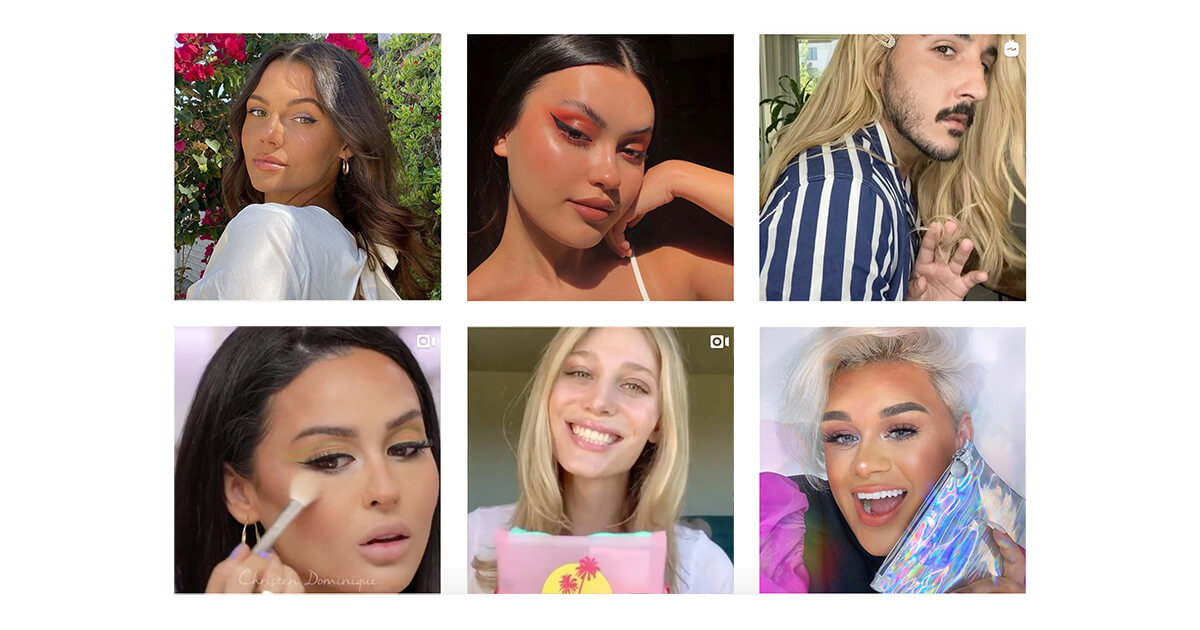
Ipsy's influencers generate millions of dollars in YouTube ad revenue for themselves, which they then share with Ipsy and which Ipsy return by making those dazzler influencers a cornerstone of its business organization, offer services to help emerging influencers connect with Ipsy's big audition, and by creating a costly studio where influencers can create videos with high production values.
However, data suggests that in that location could be a new trend in the influencer industry: Authenticity.
Looking to the future, Mintel suggested that "beauty brands and influencers that showcase actuality will stand up out in this crowded mural." In improver, taking a more than honest approach will assistance bolster trust among skeptical followers.
Their claims are supported by the Harvard Business School written report conducted past MBA Graduate Alessia Vettese. In her study, Vettese surveyed 250 self-confessed "dazzler enthusiast" women, of which 43% said they'd simply purchase from influencers who openly disclosed their endorsement deals.
Vettese places the importance surrounding this on "consumers actively seeking out influencers who share the same skin tones and even skin sensitivities, and then those consumers want to trust that influencers actually believe in and utilise the products they talk nearly."
These new values of transparency and relatability pave the perfect path for the up-trend of the just equally influential micro-influencer, who consumers often feel they can build a personal connection with through regular, more personalized interaction.
eight. Brand partnerships
Market assay past AdNews revealed that collaborations in any industry were up to "xxx times cheaper than digital advert" due to the ability to tap into already existing audiences.
In the beauty manufacture, this rings specially true: whenever a unique makeup collaboration is released, a slew of social media posts and reviews convert excitement to production sales. Often, these products are seen equally collectibles to their audience (Andy Warhol 10 NARS is a standout example) and generate a large demand for similar releases within the beauty industry.
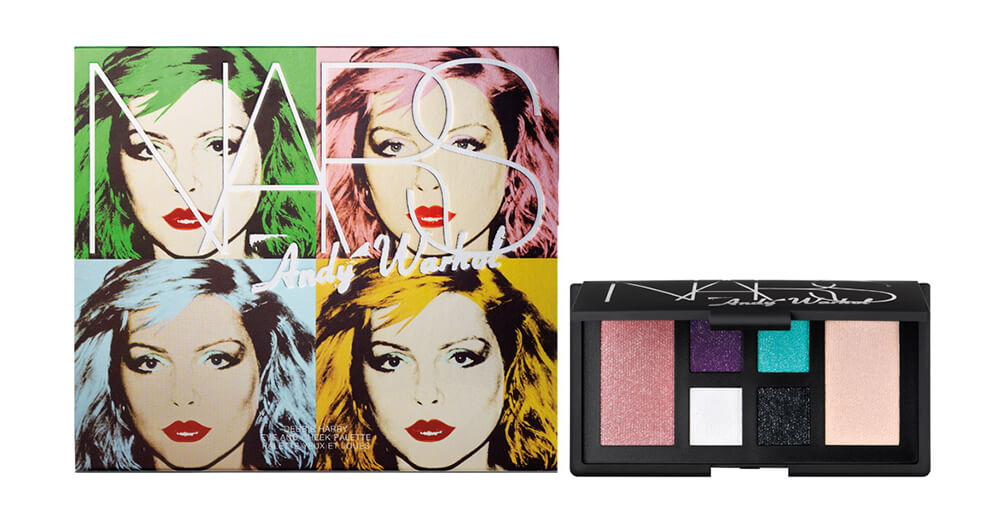
So, when interests such every bit a favorite babyhood snack or television show are combined with makeup and beauty, joining the existing audiences of both brands together in a marketing motion chosen co-branding, more than customers are attained with a potential achieve – even appealing to those who wouldn't typically exist interested in makeup.
This business model was fully utilized past both Cheetos and Hershey. Cheetos captured enthusiasm amongst consumers were the newly released Cheetos-themed eyeshadow and bronzer palettes also every bit an XXTRA Flamin' Hot lip gloss kit.
Likewise, this past Jan, the Hershey Corporation coordinated with the Korean beauty brand Etude Firm to create chocolate bar-themed products. The line featured two eyeshadow palettes, one with Hershey'south Creamy Milk Chocolate bar packaging and the other mimicking the packaging of a Cookies 'N' Creme bar. As a result of the line'south unique product and packaging pattern, it was met with stellar reviews for its "collector's particular" quality and quickly became a best seller.
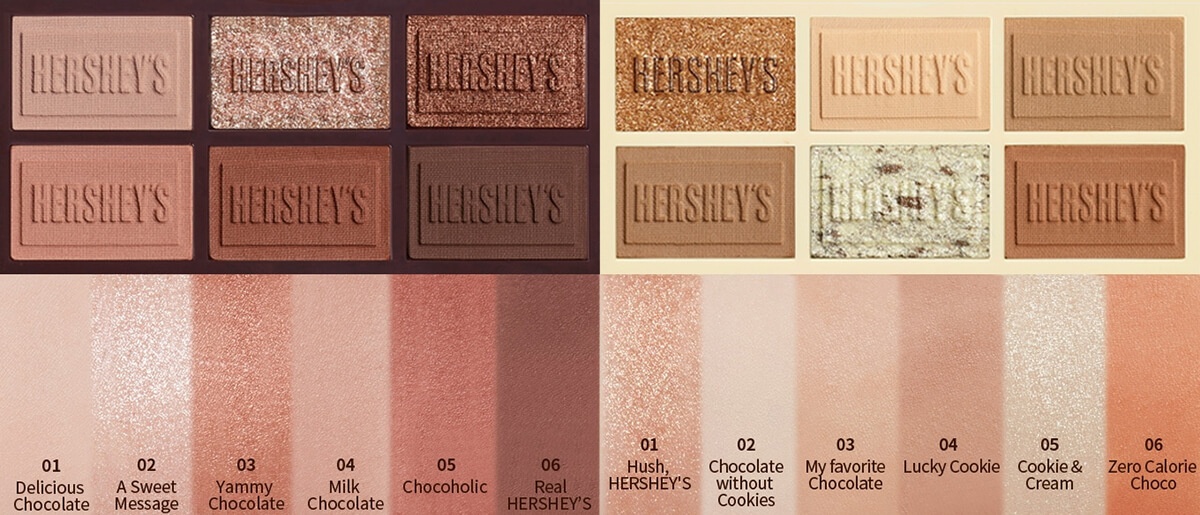
This beauty ecommerce trend is set to continue. Brands such as Coca Cola have partnered with eyeshadow giant, Morphe. MAC branched out into new territory by announcing a collaboration with popular Chinese online multiplayer game, Honour of Kings. And Mentos lent their name to a new range by K-Beauty label Innisfree.
It's non merely large brands taking advantage either: With digital advertisement becoming an ever more convoluted space, co-branding with influencers is a new, effective way of combining two sets of audiences and generating excitement likewise as sales and brand post-obit.
Colourpop released numerous collaborations with YouTuber Kathleenlights, who boasts over four 1000000 subscribers, along with multiple collaborations from smaller influencers. The makeup make launched solely on social media and developed such a cult following that their popularity as a small make skyrocketed them into selling at both Sephora and Ulta.
Every bit influencers continue to take hold of the digital and collaborative space, more startup brands are beginning to make use of audiences readily available to them.
ix. Hyper-personalized skincare
An Epsilon online survey of 1,000 consumers between the ages of eighteen-64 found the appeal for personalization within retail is high, with 80% of respondents indicating they are more likely to do business concern with a company if information technology offers personalized experiences and 90% indicating that they find personalization appealing.
This continuing desire for personalization and connection with brands has allowed a new form of hyper-personalization to bloom in the beauty ecommerce industry thanks to AI technology and a ii way, data-driven conversation.
There are already numerous examples that began to emerge back in quarter four of 2019: Neutrogena introduced MaskiD – a 3D-printed face mask tailored to your skin'due south needs, based on data collected from a selfie; La Roche-Posay announced its stick-on My Skin Runway pH patch, which tracks pH levels and prescribes targeted products via an app on your phone; SkinCeuticals displayed made-to-mensurate Custom Dose correction serums.
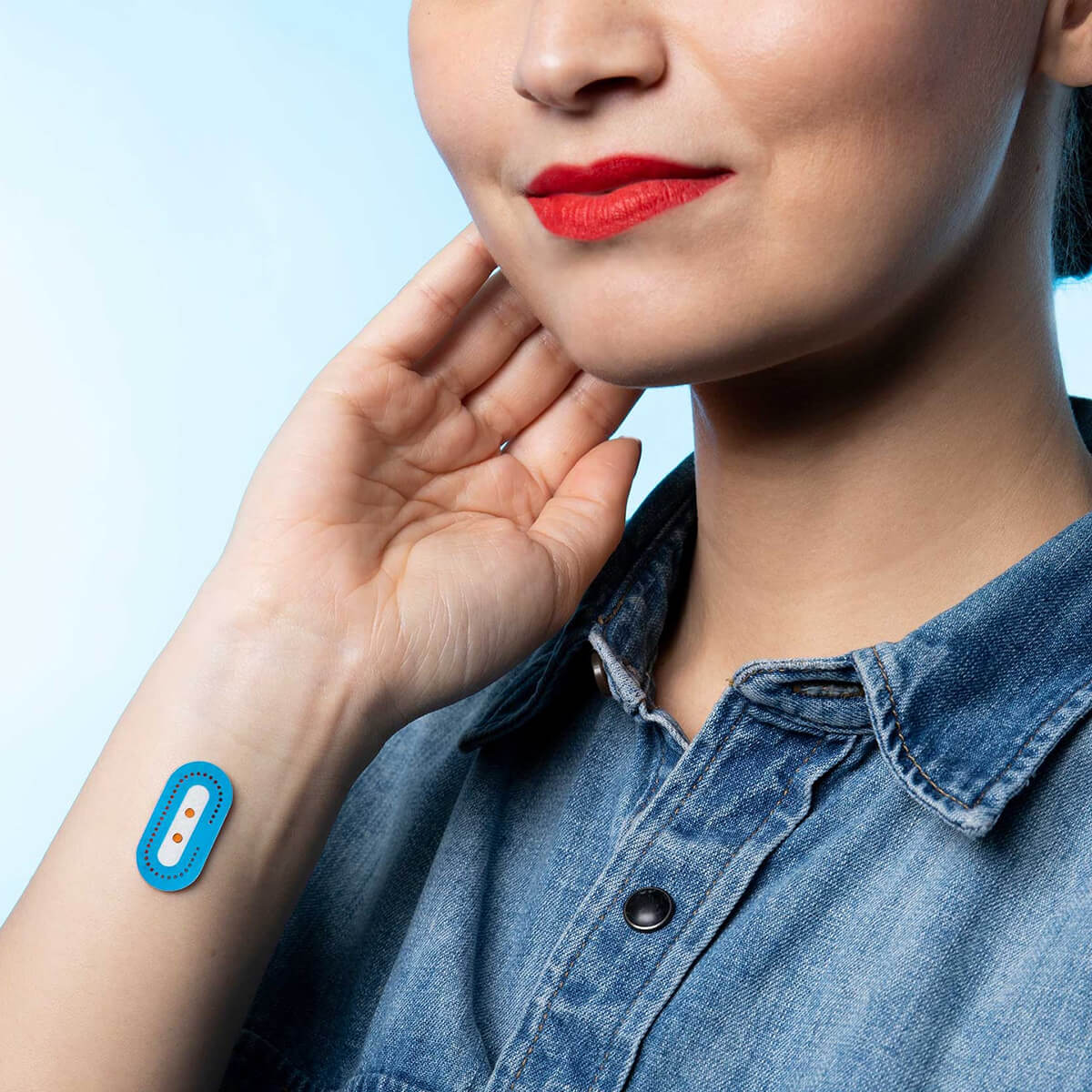
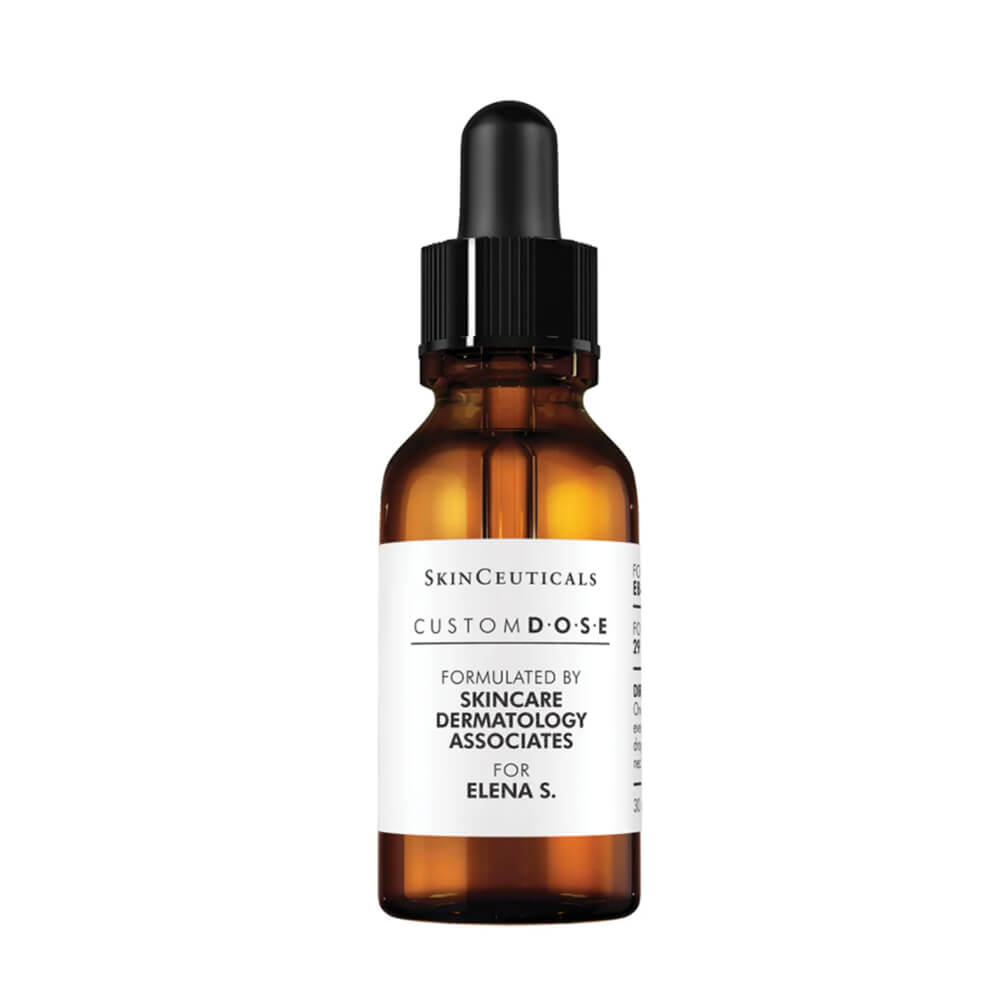
At the aforementioned time, Mintel Research found that Google searches for 'microbiome' (the microorganisms on and inside your torso) increased past +110% yr-on-twelvemonth in 2019. The ascension in these searches suggests the facial skincare marketplace is moving towards hyper-personalized skincare. Dazzler giants such equally Johnson & Johnson have already installed a dedicated microbiome platform.
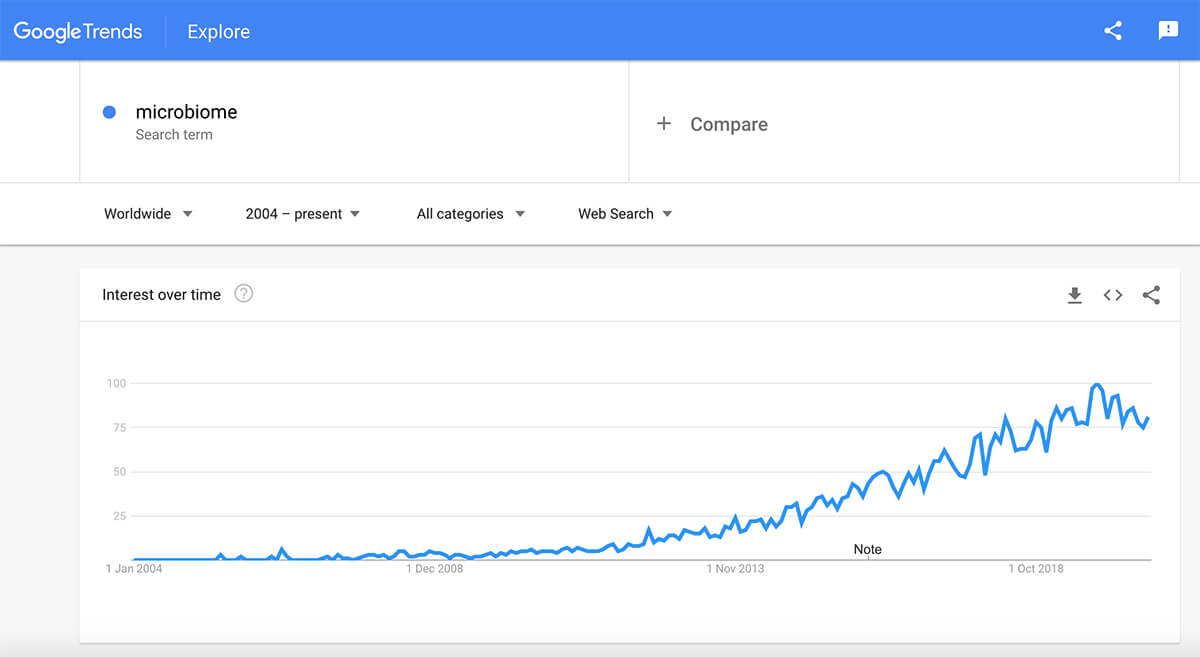
In the highly competitive dazzler ecommerce manufacture, hyper-personalization is a way of ensuring brands can stand up out past allowing consumers to brand informed decisions based on their preferences, not flooding them with endless options. Using technology to help customers fulfill their needs allows for brand loyalty and repeated sales.
One company utilizing data to brand a personal connectedness is Prose, whose customers take a 25-question online quiz in order to determine their best custom formulations and production regimens. Questions range from hair type and scalp conditions to environment and lifestyle habits and lead to 135 information points that the company can utilise.
"Nosotros take this data, nosotros put it in our algorithm that we created in-house, and that will create a bespoke formula just for y'all. It'll too tell yous which products should exist part of your routine."
– Paul Michaux, Prose co-founder
The want for personalization is so high that after a study revealed that 40% of British male beauty and personal intendance shoppers found information technology hard to know which products are right for them, Geologie was born: A male person skincare subscription service that offers men a personalized regimen adamant using a quiz that asks a range of questions, including ethnicity and location.
Now more than ever in a more data prevalent world, consumers are willing to have a conversation with their chosen brand if they feel as though their wants will genuinely be listened to and adjusted.
Beauty ecommerce: What's adjacent?
Dazzler brands are in a unique position to build strong personal bonds with their customers, and there's a lot that can exist learned from how they've washed this to engagement.
These beauty ecommerce trends give united states a taste of where the industry is headed – for ideas on how yous tin leverage them, check out our dazzler showreel to see how Yieldify has helped leading dazzler ecommerce brands, such as Sol de Janeiro, Ouidad, and others ameliorate their digital customer journeys.
Source: https://www.yieldify.com/free-guides/beauty-ecommerce-trends/
Posted by: armsteadanclund.blogspot.com

0 Response to "What Type Of People Purchase Makeup Accessories Online"
Post a Comment